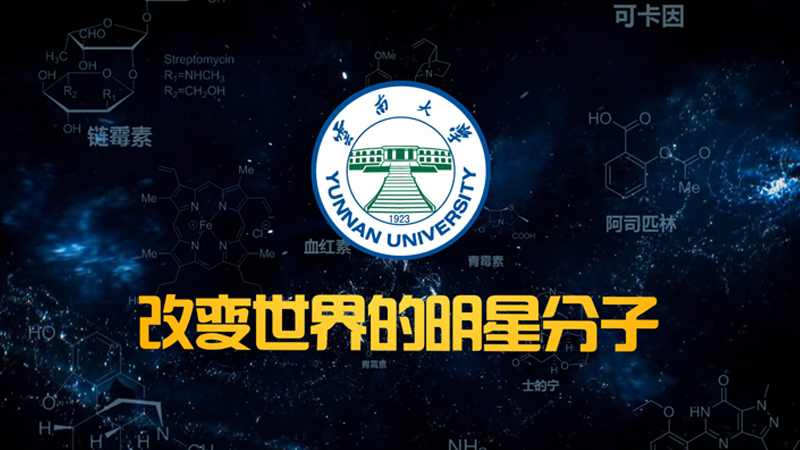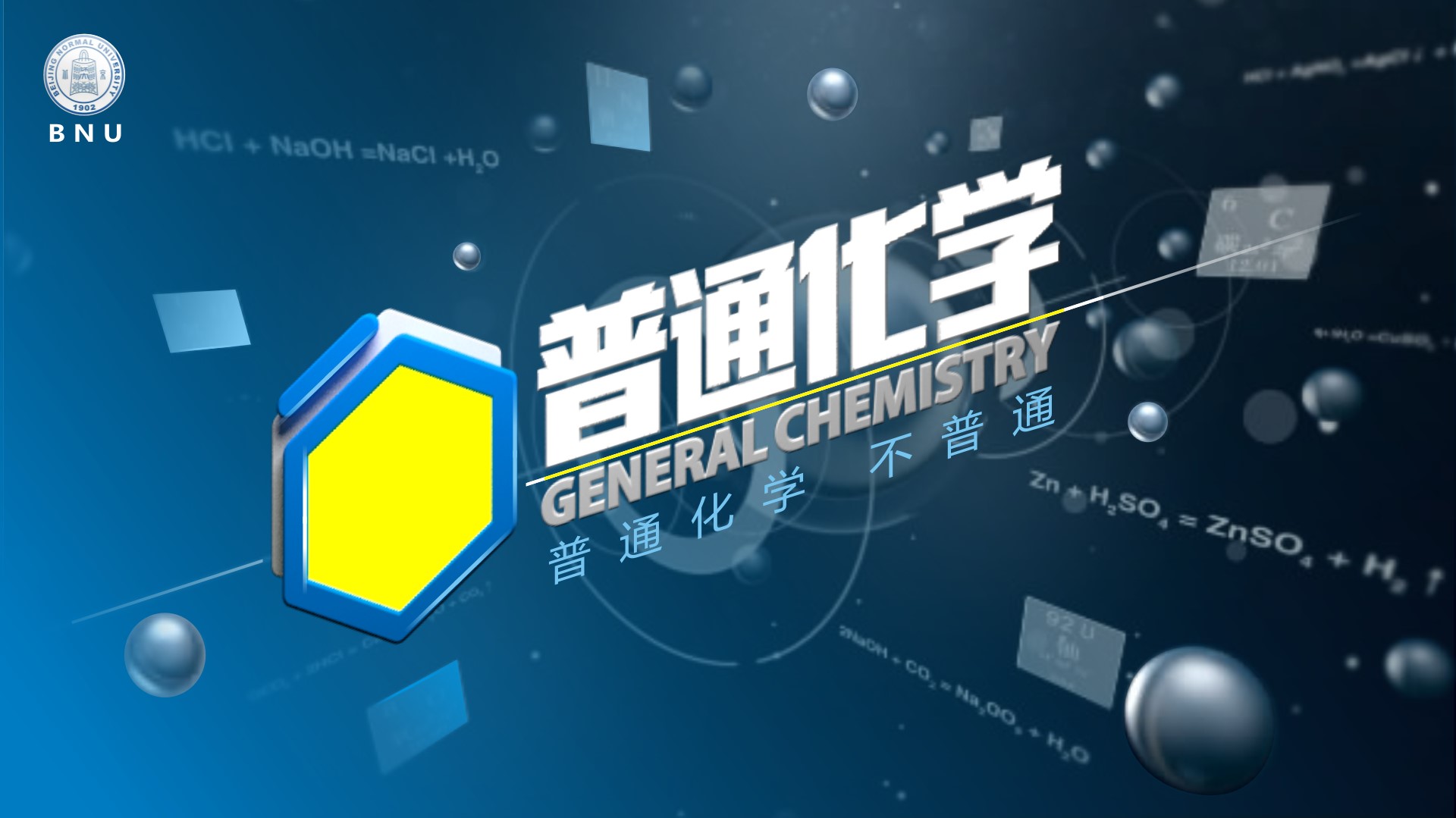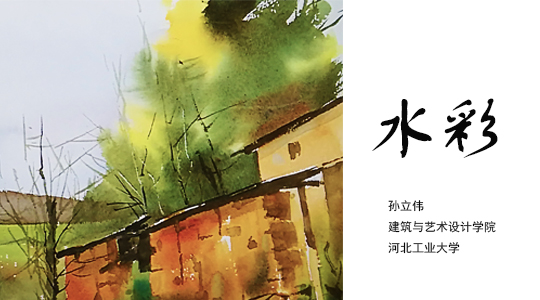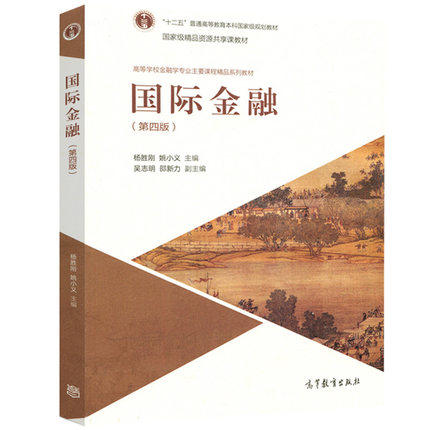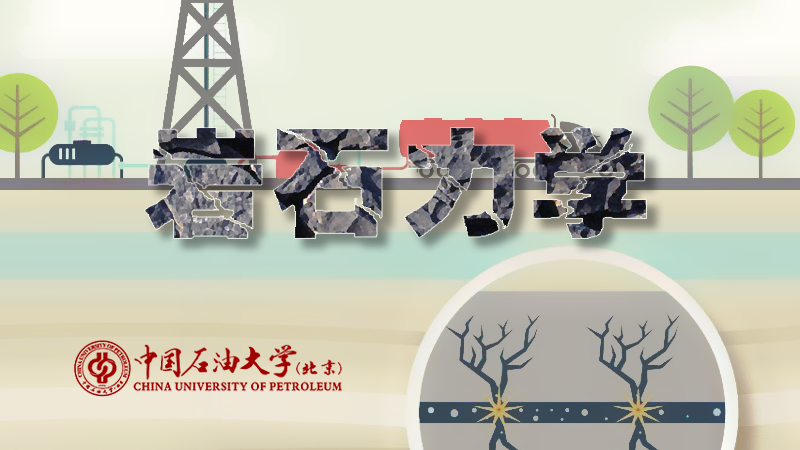
当前课程知识点:Methodology of Scientific Research > Lecture 5 Practical application of scientific research methods > Section 5.1 Initial Entry into the Research Group > 5.1.1 Listen to Tutor
返回《Methodology of Scientific Research》慕课在线视频课程列表
返回《Methodology of Scientific Research》慕课在线视频列表
各位同学,你们好
本次课程的内容是第5讲
科研方法的实践应用包括三点内容
第1点
出入课题组
第2点
科研案例分析
第3点
研究性学习科研
那么今天我们先讲授第1节出入课题组
那么包括几个部分
那么当大家刚刚开始接触科研工作时
其实会有很多地方不清楚
那么其中首要的关于研究方向模糊
对研究方向不能停留在简单的文字字面了解上
科研过程会涉及很多方面
同时也是一个逐渐深入的过程
因此我们需要较为深入的了解某一个研究方向真正是做什么的
也就是需要我们去了解它面向的科学问题是什么
他需要服务的国家需求,或者工业需求是什么
他需要我们去掌握什么技术等等
那么在这个方面
我们了解研究方向
首先是聆听导师的介绍
那么这是一个非常方便的途径
当你对一个课题组的研究方向产生兴趣,想了解一下时
我们可以结合本专业课程的学习,和导师进行探讨
因为导师往往就是我们专业课程的指导教师和课堂教学老师
此外
还可以进一步向导师提出参观实验室的想法
作为教师一人的一个环节
导师们也是很欢迎本科生前去了解
那么这种介绍可以给你一个总体印象
那么从而为你进一步明确和细化研究方向打下基础
下面这两张照片
我们在为天津大学经济学院大四学生上专业课
光电检测技术及系统时特意开辟的一个环节
这个是对我们课题组实验室做一个开放日的参观活动
接下来由我和研究生共同向学生介绍我们开展的多种分离式光纤传感技术和分布式光纤传感技术进行介绍
并结合回顾我们课堂知识点讲解它的原理、技术难点、发展趋势和应用方向等等
取得了很好的效果
那么对于每一个其他对我们课题组研究感兴趣的同学
我们也会单独或者是一批来安排参观介绍
那么当我们已经确定要进入课题组开展科研工作
那么首先要做的是阅读本课题组相关的科研资料并记录阅读心得
因为大家加入的课题组往往都积累了多年的研究成果
当你要深入的时候
你需要去消化这些研究成果,站在他人的肩膀上来成长
那么这样成长会更快
那么课题组的已有的博士论文和硕士论文可以帮助你系统详细的了解要开展的科研课题
使我们清楚这个课题已经解决了什么,还要解决什么
那么这里面实验手册和记录也很重要
因为它可以帮助我们注意实验操作流程和需要注意的事项
让我们避免以前所犯的错误
同时也保证实验安全
那么学习课程组的实验设备和器件手册也是非常重要的
这样可以帮助准确理解我们的实验数据
比如我们利用光纤光谱测量
光源光谱是一个非常常见的测试
但是当我们用光纤光谱仪去测一个快速扫描激光器时
往往会发现光谱仪输出的是多条谱线
而且每一次都不一样
那么这个原因是什么
其实是由于两者扫描不同步所导致的
因此直接这样的测量结果是没有意义的
但是当我们不清楚实验设备原理时
那么可能得到的结论就是光源普线有问题
这是一个错误的结论
那么在我们很多每一届同学研究生都会发生
所以这个原理的理解是非常重要的
最后
我们要学习课程组的程序代码
那么这个程序代码包括了计算分析程序和特供程序
那么它的语言包括c++和MATLAB
那么通过这样学习
正在使用的代码
能迅速提升我们的代码编程能力
那么在这做完这个工作以后
我们就要研读指定文件
那么指定的文件是阅读该领域比较权威的综述文章、最新的研究快报、最具特色的这样的一个专业论文
那么目的对我们研究的领域有一个全局性的了解
使我们清楚我们可以做什么
拓展思路
了解好的问题的解决方法
避免我们闭门造车
避免走弯路
避免重复
很多时候我们自己想问题
觉得已经能一个新的方法
可能别人已经研究了很久
那么再通过阅读指定文件
开始初步了解如何利用文件
从而实现同单纯依赖书本的知识性学习,我们就可以向与时俱进的研究性学习进行转变
那么下一小节我们就会进一步来阐述如何实现文献阅读进行自我的扩展
-Section 1.1 Basic Concepts of Scientific Research
--1.1.1 Basic Concepts of Research
-Section 1.2 General Procedure of Scientific Research
--1.2.3 Process of Natural Science
--1.2.4 Process of Social Science
--1.2.5 Process of Technologial Science
-Section 1.3 How to Prepare for Scientific Research
--1.3.1 Motivation of Research
-Test-Lecture #1
-Section 2.1 Types and Sources of Research Project
-Section 2.2 Principles and Methods of Topic Selection
--2.2.1 Principle of Topic Selection
--2.2.2 Methods of Topic Selection
--2.2.3 Procedure and Strategy of Topic Selection
-Section 2.3 Information Collection of Project
--2.3.1 Type, Collection and Search of Information
-Test-Lecture #2
-Section 3.1 Typical Research Methods
--3.1.1 Level of Research Method
--3.1.2 Concept of Research Method
--3.1.3 Typical Research Methods
-Section 3.2 Typical Thinking Modes
--3.2.1 Thinking and its Characteristics
--3.2.2 General Innovative Thinking
--3.2.3 Typical Thinking Modes
-Section 3.3 Analysis of Research Cases
--3.3.1 Question Description and Concept
--3.3.2 Three-Level Theory of Problem
--3.3.3 Train of Question Consciousness
-Test-Lecture #3
-Section 4.1 Research-oriented Scientific Design
--4.1.1 General Scientific Design
--4.1.3 Example of Research Design
--4.1.4 Other kinds of Research Design
-Section 4.2 Experimental Scientific Research Design
--4.2.4 Example of Experimental Design
-Section 4.3 Application-oriented Scientific Design
--4.3.1 Basic Concepts and Significance
--4.3.3 Example of Applied Design
--4.3.4 Train of Research Skills
-Test-Lecture #4
-Section 5.1 Initial Entry into the Research Group
--5.1.2 Consider Research Outline
-Section 5.2 Analysis of Scientific Research Cases
--5.2.1 Example of Correct Topic Selection
--5.2.2 Example of Team Cooperation
--5.2.3 Test of Non-invasive PDM
-Section 5.3 Research-based Learning and Research
--5.3.1 Overview of Research Learning
--5.3.2 Research-based Learning
--5.3.3 Research Train for Undergraduates
-Test-Lecture #5
-Section 6.1 Scientific Research Strategy and Tactics
--6.1.1 Strategy in Research Work
--6.1.2 Tactics in Research Work
--6.1.3 Research Group and Management
-Section 6.2 Scientific Research Tactful Operation
--6.2.3 Typical Research Planning
-Section 6.3 Discrimination of Research Obstruction
--6.3.2 Origin of Research Obstruction
--6.3.3 Case of Research Obstruction
--6.3.4 Strategy to Remove Obstruction
-Test-Lecture #6
-Section 7.1 Research Papers and Writing
--7.1.2 Writing Research Paper
-Section 7.2 Rules for Submission and Publication
--7.2.1 Preparing for Contribution
--7.2.2 Process of Publication
--7.2.3 Strategy of Contribution
-Section 7.3 Examples and Analysis of Paper
--7.3.1 Basic Structure of Paper
--7.3.3 Introduction, Main Content and Conclusion
-Test-Lecture #7
-Section 8.1 Introduction of Invention and Creation
--8.1.1 Generality of Invention
--8.1.2 Principle of Invention
--8.1.3 Risk and Protection of Invention
-Section 8.2 Patent Types and Applications
--8.2.1 Characteristics and Types of Patent
--8.2.3 Process of Applying Patent
-Section 8.3 Patent Examples and Analysis
--8.3.1 Example of Invention Patent
--8.3.2 Example of Utility Model Patent
--8.3.3 Example of Design Patent
-Test-Lecture #8
-Section 9.1 Characteristics, Types and Titles of Academic Conferences
--9.1.1 Characteristisc of Academic Conference
--9.1.2 Types of Academic Conference
--9.1.3 Title of Academic Conference
-Section 9.2 Basic Elements and Report Types of Academic Conferences
--9.2.1 Basic Elements of Conference
--9.2.2 Types of Conference Report
-Section 9.3 Main Points, Syntax and Summary of Academic Reports
--9.3.1 Writing and Accepting Conference Paper
--9.3.2 Exercise before Reporting
-Test-Lecture #9
-Section 10.1 Character and Type of Researcher
--10.1.1 Basic Moral of Researcher
--10.1.2 Moral Outlook of Researcher
--10.1.3 Talent Type and Innovative Quality
-Section 10.2 Research Ethics and Academic Norms
--10.2.1 Generality of Research Morality
--10.2.3 Monitoring Measure of Research
-Section 10.3 Research Relationship and Incentive Mechanism
--10.3.1 Generality of Research Relation
--10.3.2 Typical Research Relation
--10.3.3 Research Incentive System
-Test-Lecture #10
